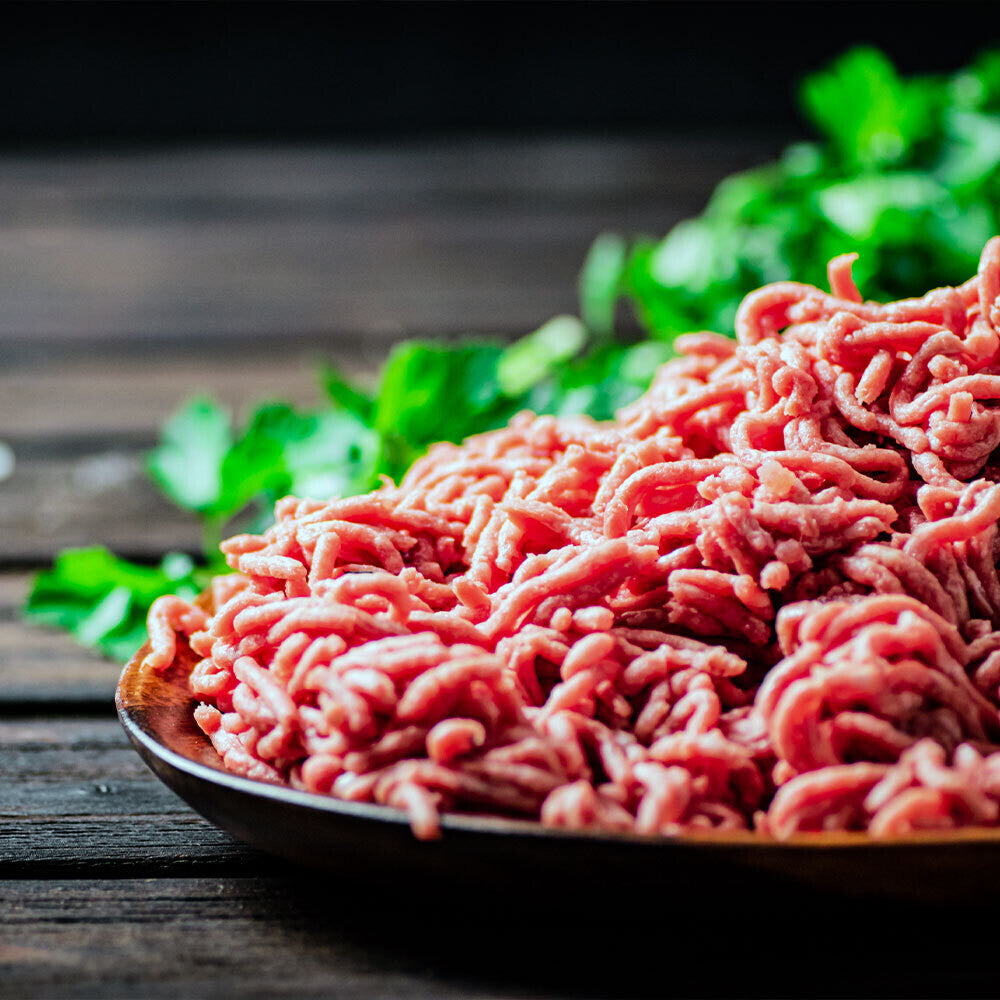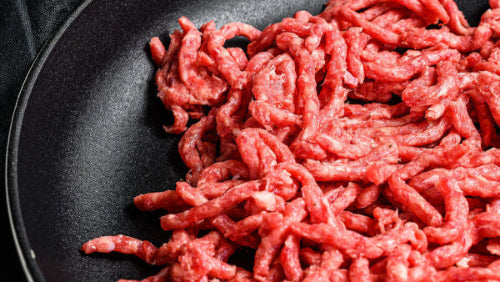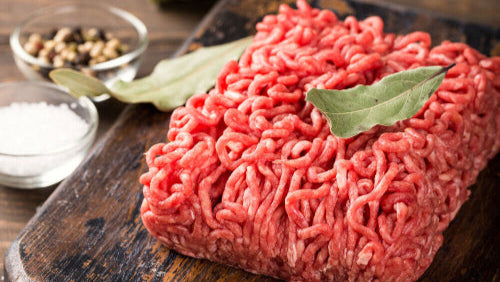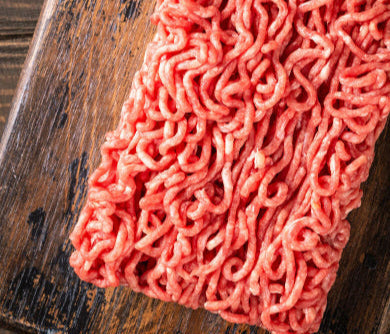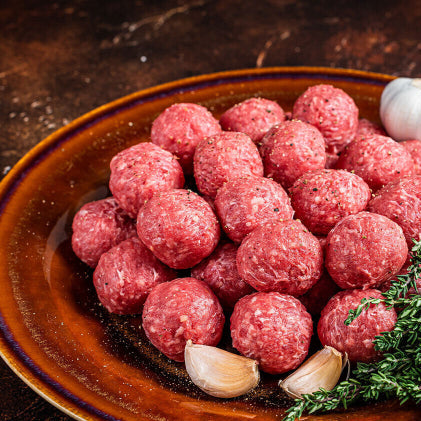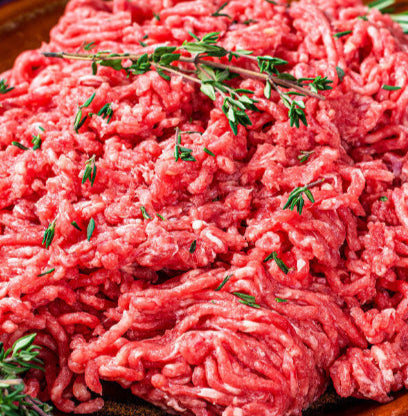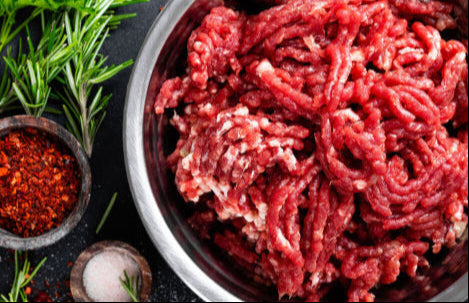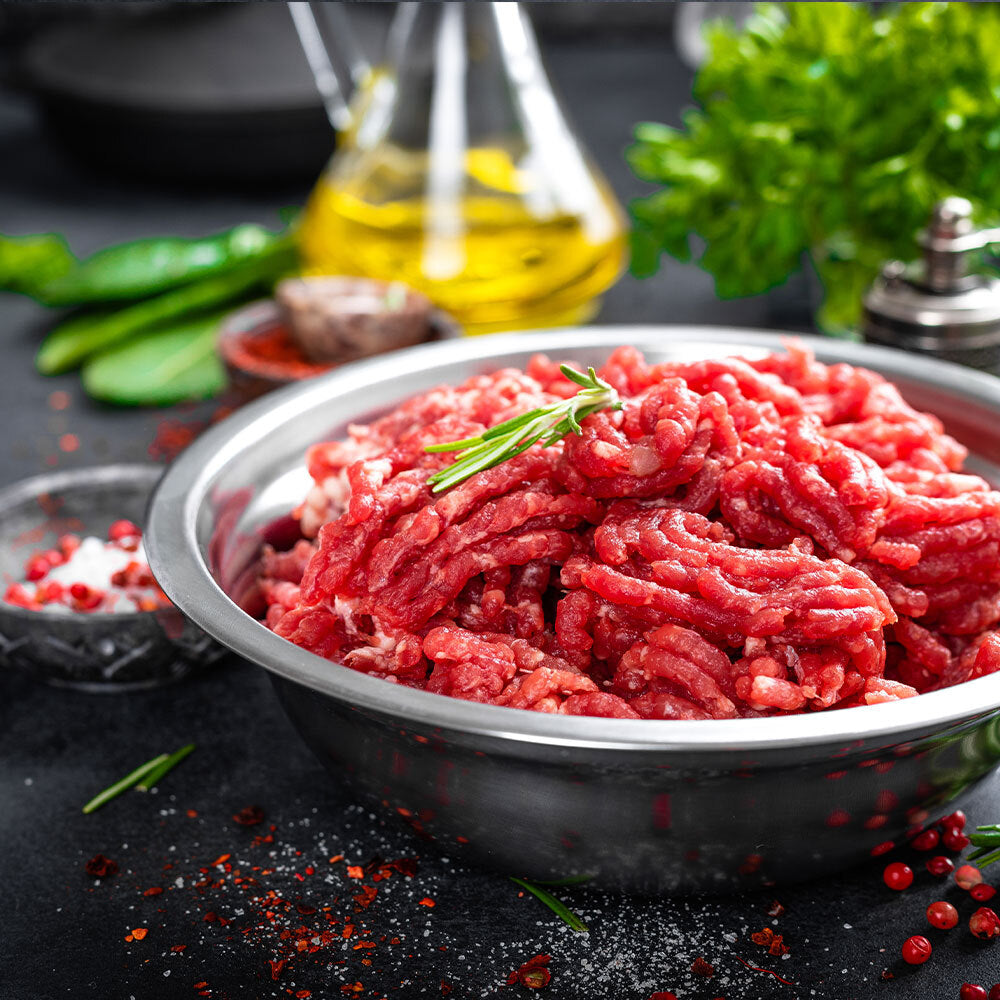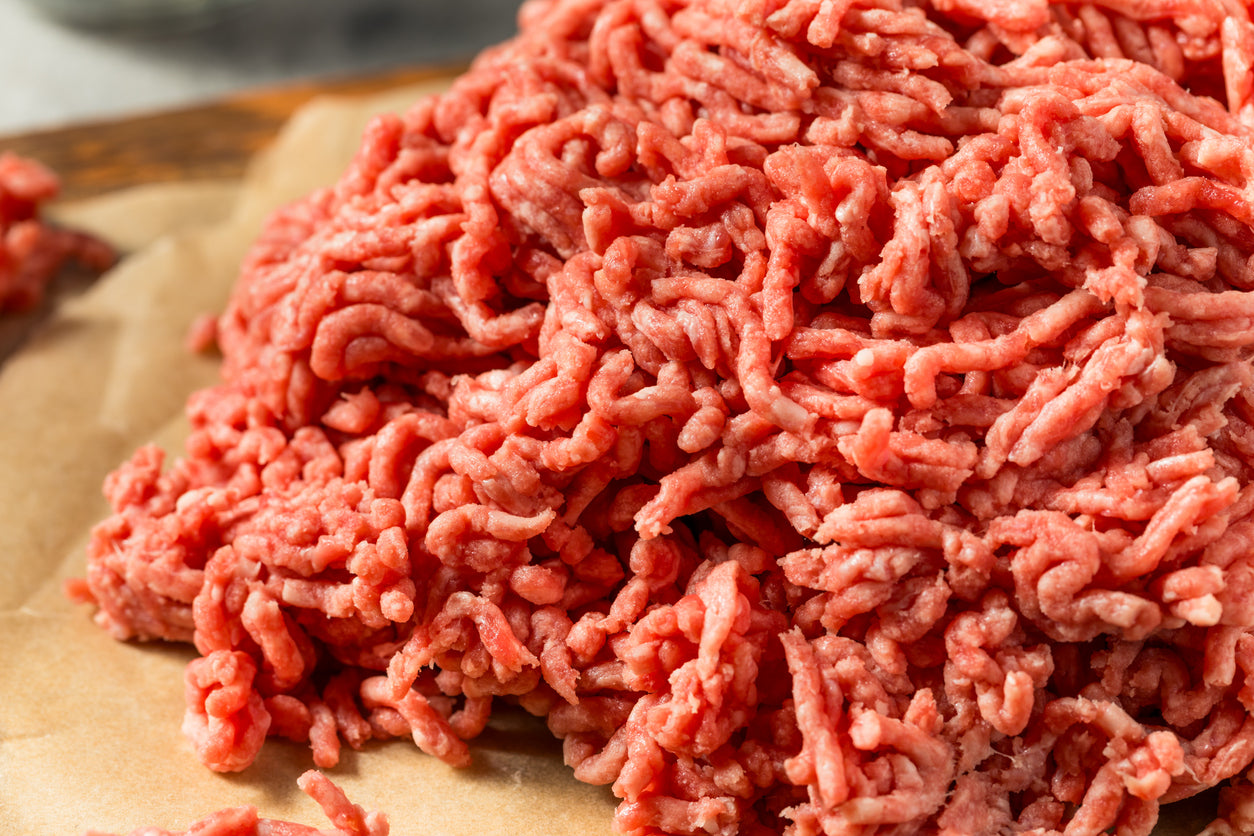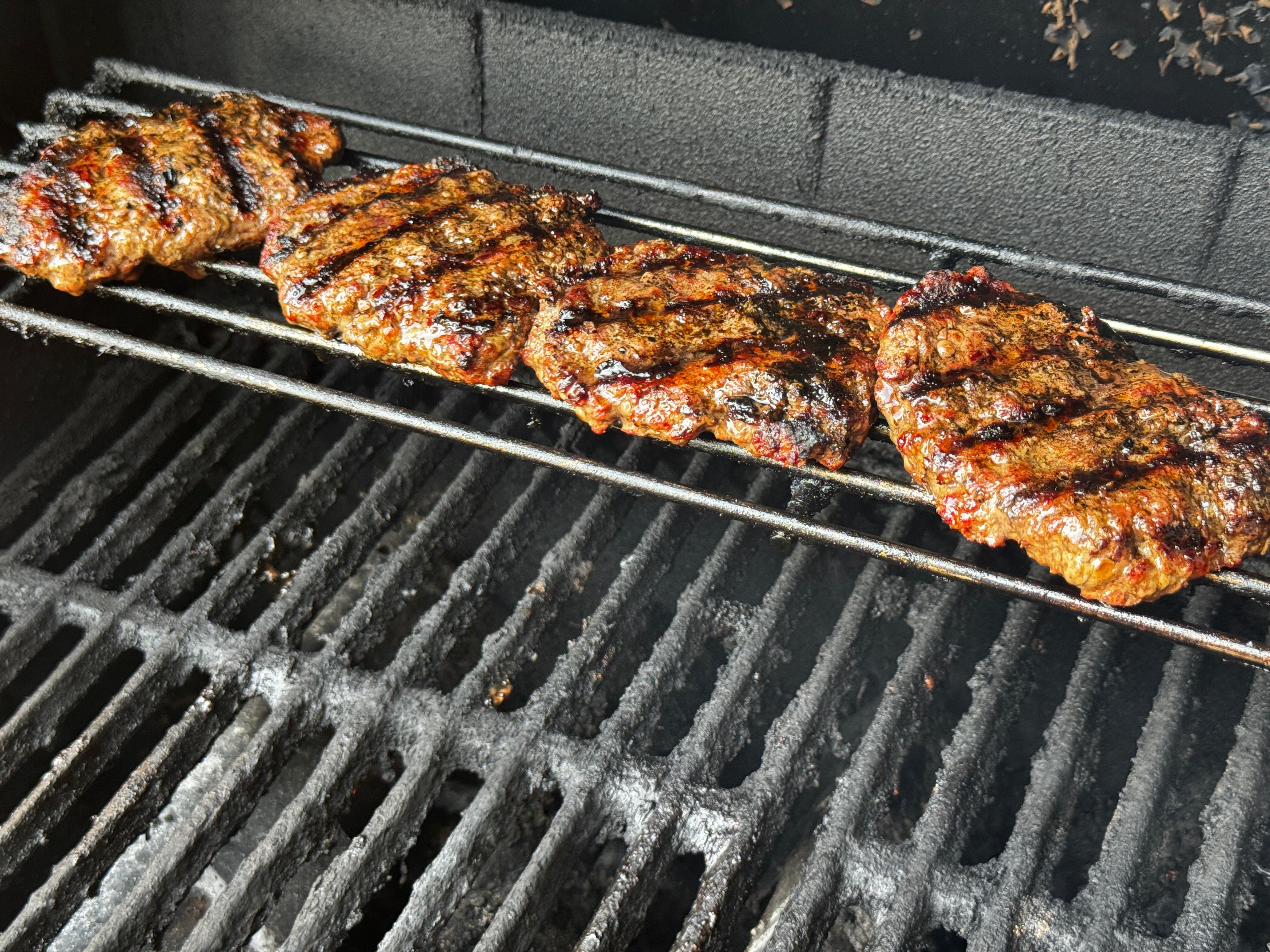
Homemade Ghee from Grass-Fed Butter: Easy Recipe & Benefits
Homemade Ghee from Grass-Fed Butter: Easy Recipe & Benefits
Localize your cooking with the rich flavor of homemade ghee, made with the finest grass-fed butter from Kemps regenerative farm. This simple process transforms a local ingredient into a versatile and shelf-stable pantry staple.Benefits of Homemade Ghee:
- High smoke point: Ideal for sautéing and frying
- Local replacement for imported cooking oils
- Rich, nutty flavor
- Suitable for those with lactose sensitivities
- Long shelf-life without refrigeration
Here's a step-by-step guide on making ghee, including tips for the best results:
Materials For Making Ghee:
- High-quality butter (preferably grass-fed)
- Heavy-bottomed saucepan or Dutch oven
- Cheesecloth
- Fine-mesh strainer
- Glass jar for storage
 Gently Melt 3 Pounds of Butter
Gently Melt 3 Pounds of Butter
Instructions For Making Ghee:
- Melt the Butter: Place the butter in your saucepan over medium-low heat. Allow it to melt slowly, stirring occasionally. Don't rush this process, as slow melting helps with separation.
- Simmer and Foam: As the butter melts, it will start to foam. This is the water evaporating and the milk solids separating. Let it simmer gently, without letting it brown.
- Milk Solids Separate: After a few minutes, the foam will subside, and the milk solids will start to sink to the bottom of the pan. Continue simmering gently until the milk solids begin to turn a light brown color and the liquid becomes a clear, golden color.
- Strain and Cool: Remove the pan from the heat. Line your fine-mesh strainer with cheesecloth and place it over your storage jar. Carefully pour the liquid through the strainer, leaving the browned milk solids behind. Allow the ghee to cool slightly.
- Store: Once the ghee is cool enough to handle, pour it into your storage jar and seal it tightly. Ghee solidifies at room temperature. Store in a cool, dark place for several months. It does not require refrigeration.
 Simmer Until Clear
Simmer Until Clear
 Straining Ghee Through Cheesecloth
Straining Ghee Through Cheesecloth

Ghee Making Tips:
Quality Butter Matters: Using high-quality butter, ideally grass-fed, will yield the best flavor and nutritional benefits. Gentle Heat: Low and slow cooking is key to preventing the delicate flavor of ghee from burning. Don't Overcook: The milk solids should brown slightly, but if they turn dark brown, the ghee might have a burnt flavor. Storage: Ghee is shelf-stable, but it's best stored away from direct light and heat sources. For Longer Storage I pressure can 75 minutes See Video Instructions Here
Tags:
Previous post
Perfect Steak in Minutes? The Air Fryer Secret
Next post









